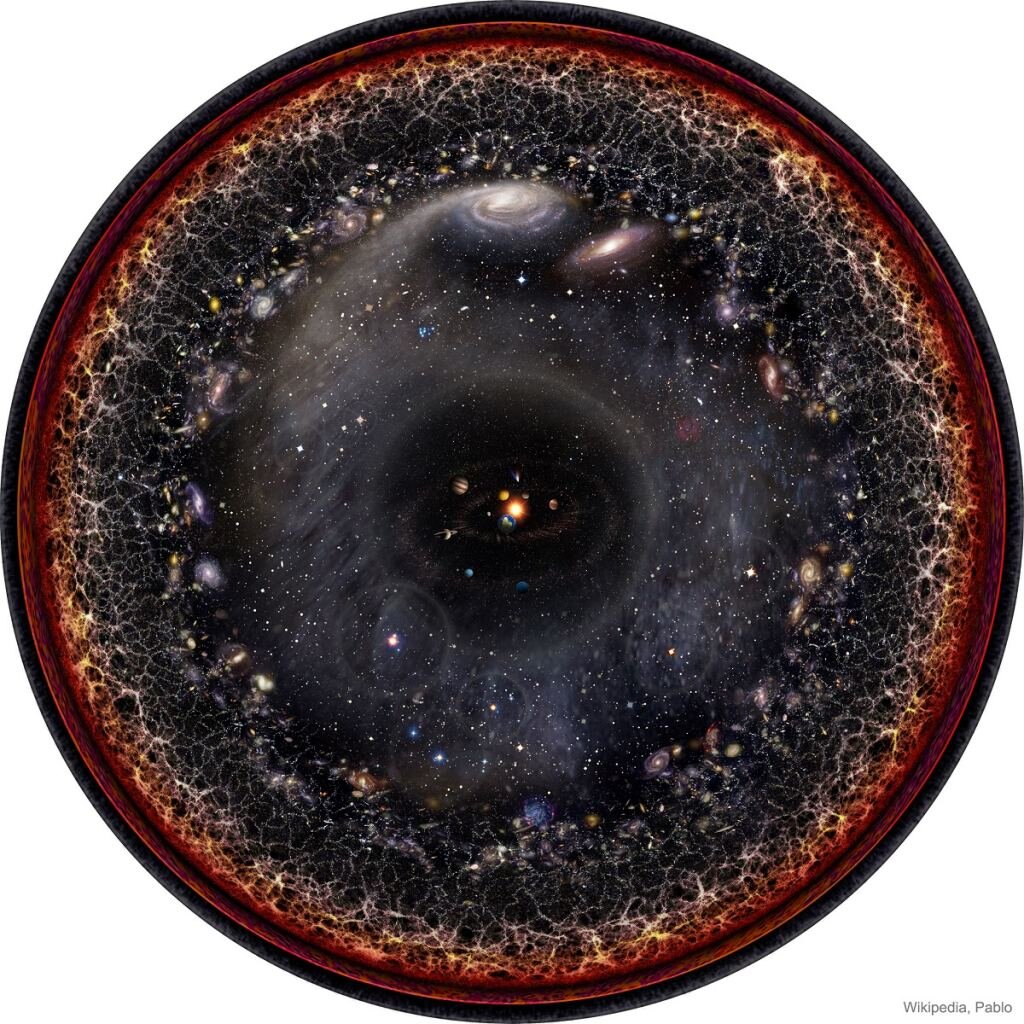In a new article, scientists described the conditions under which primordial black holes could have appeared at the beginning of the existence of the Universe. They were much smaller in mass than modern ones and had to “evaporate” due to Hawking radiation. But their traces are still to be found here.

Universe after the era of inflation
Recently, a study has appeared that once again draws attention to the possibility of the existence of primordial black holes in the early Universe. Its authors say that the familiar stellar-mass black holes and their supermassive relatives in the centers of galaxies are not the only ones that once existed in the Universe.
Immediately after its occurrence, which was known as the Big Bang, there was a moment known as the epoch of inflation, during which the newborn Universe expanded at a speed greater than light. During this event, the laws of physics behaved in a strange way. But immediately after that, the conditions did not become less extreme.
Usually, describing the evolution of the Universe, this moment is passed, moving on to further “dark ages” and the era of reionization. When the first stars and galaxies were formed. However, some scientists claim that even before this happened, primordial black holes appeared in the Universe.
How did primordial black holes originate
The conditions for the formation of primordial black holes are completely different from what we know now. In the present Universe, they arise exclusively by the collapse of the luminaries, so their mass almost always exceeds the solar one.
However, immediately after the inflation of the Universe, conditions were very different. Mass spontaneously turned into energy and vice versa. Large areas of space could be formed spontaneously. They might have formed primordial black holes, the mass of which was much smaller than the stellar one.
Previous studies have significantly limited their possible number. However, the new study still indicates that they should be. However, these black holes should be affected by the same laws as modern ones.
That is, “Hawking radiation” was supposed to come from them, into which a fraction of their mass would turn. And this fraction for these small black holes must be very large. As a result, they would very quickly “evaporate”.
But their traces would remain to this day. We must observe the gravitational waves generated by their fusion. And there must be light emitted by the Hawking mechanism. So, the authors suggest looking for it.
According to phys.org
Follow us on Twitter to get the most interesting space news in time
https://twitter.com/ust_magazine
